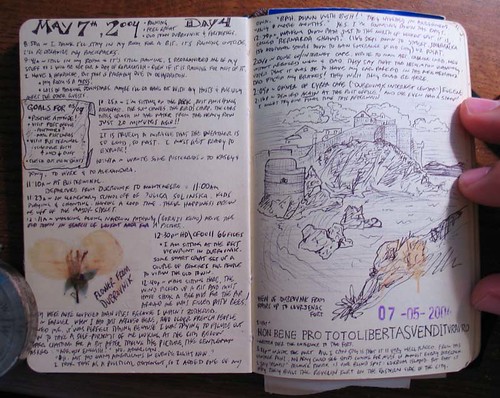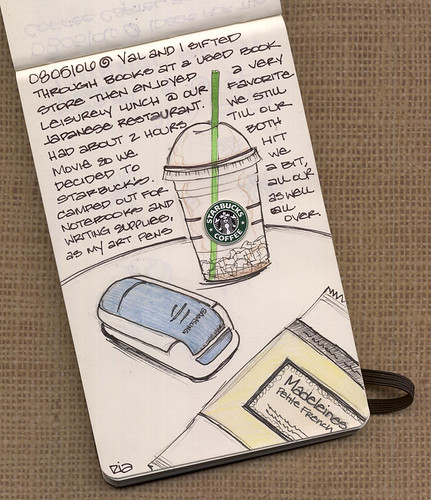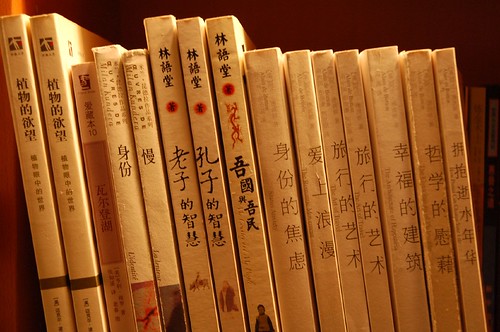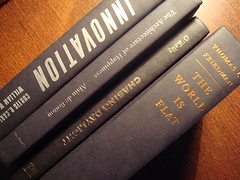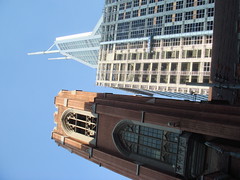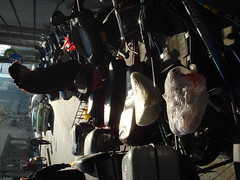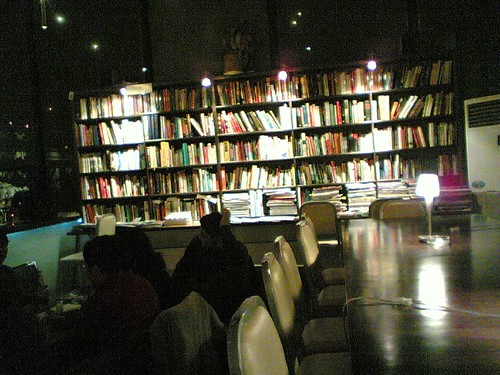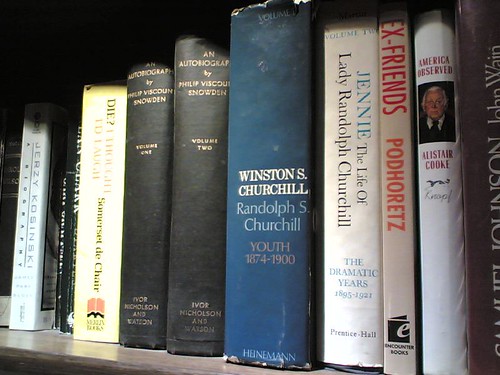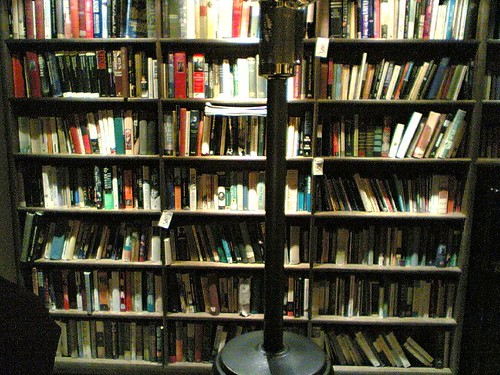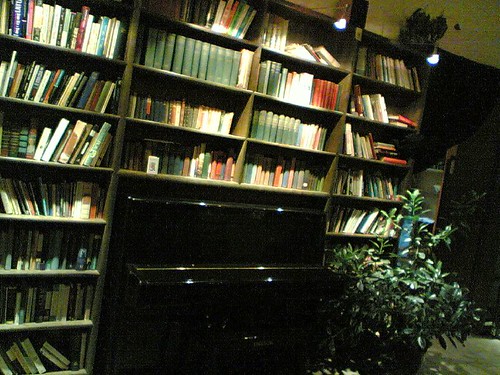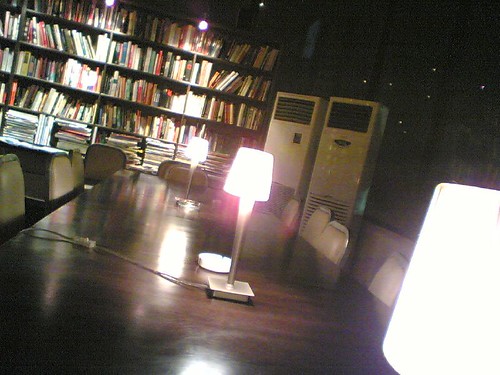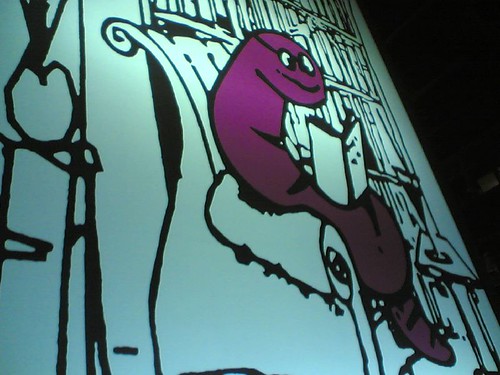I am reading some books recently (to name a few, the China Road, Collapse)…
I like Rob Gifford’s book China Road very much. It is very interesting to read, and offers a great angle to analyze the real problems and hopes of China.
Let me tell you why I love this book.
The Idea
The idea behind the book is to take a journey along the China State Road No. 312 from Shanghai to north-west border of China. This idea itself is attractive.
What is road 312, or G312 (G means Guo or State)? It is a road starting from Shanghai, cross the mainland of China, and travels along many provinces like Anhui, Henan, Shaanxi, Gansu, Xinjiang… It is something like the mother road Route 66 in the United States.
It is a long road. It is 4825 km long, and the diversity in both natural and social scene is huge enough for anyone who are willing to understand more about China.
The idea is appealing to me as well. Maybe one day I should also take the trip of G312 to know China – I never claim I know China. I only know part of it, and I, myself, was often shocked by some facts I found out about China. In this sense, Rob knows China much better than I do.
The Trip
During the trip, Rob didn’t just completed the trip – he explored deep inside. He visited places normal people live and normal travelers don’t go. He talks with people who are saying something very familiar to me. He visited “dangerous” and “sensitive” places like Shangcai (I didn’t make typo here. It is letter “c”, not “h”) in Henan Province, the AIDS village under the pressure of the local police… The trip was amazing, and I pleasantly followed his article to travel with him.
The Thinking
It is definitely not just a travelogue. It is a book full of his thought, not just observation. Let me just mention few of them.
In Shanghai, Rob noticed the difference of two party members. One still believe Communism is the future, while the other (I am like her) don’t believe it. I laughed since it is common discussion I heard in my daily life.
Like in Xi’an, he thought about the question why China don’t have its own Runnymede or Magna Carta. He thought it was rooted to the unification of the country in 221 B.C. when Qin (Chin) unified the whole country, by force. (I didn’t repeat the whole story, but I think you can find out more).
After his trip, he event thought about the China’s history in a while, and claiming that the country is going through circles:
China’s history has only ever been about uniting and then collapsing, reuniting and then being invaded, overthrow, collapse, reuniting and collapsing again. Why should the future be any different?
-Rob, Page 276, A road is made, China Road
He then list some reasons why the future of China can be different…
My Thoughts
I appreciate Rob’s thoughts, and his effort to report what China is today, and try to predict (although it is one of the hardest thing to do in the world) its future. The thought and deep sympathy are very rare in the books I read most of the time.
What about the China’s future? This is a serious question. There are given answers that most people in this country can recite and even written in the constitute. However, I don’t believe in. People should think about this question seriously (despite it is highly encouraged by the government that not to think about it at all).

